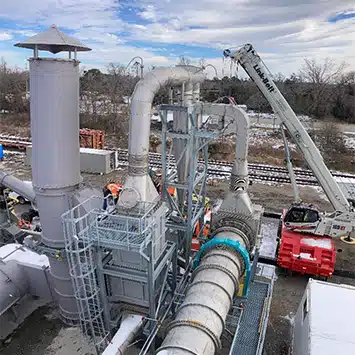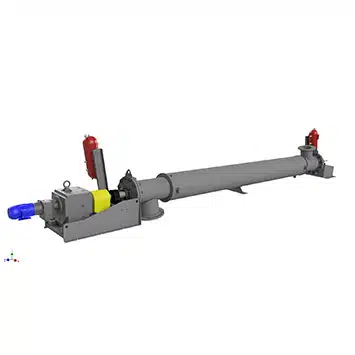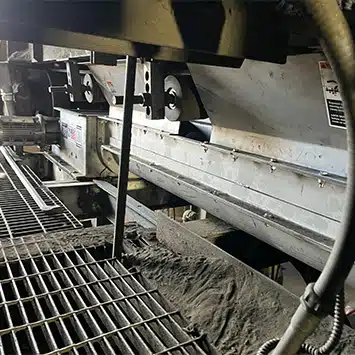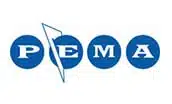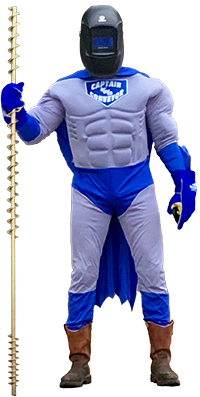Screw Feeders for Lithium Battery Recycling
General Description
Lithium-ion (Li-ion) batteries are used in many products such as electronics, toys, handheld power tools, small and large appliances, electric vehicles and electrical energy storage systems. The increased demand for Li-ion batteries in the marketplace can be traced largely to the high “energy density” of this battery chemistry. “Energy density” means the amount of energy that a system stores in an amount of space. Lithium batteries can be smaller and lighter than other types of batteries while holding the same amount of energy. Miniaturization of batteries contributes to the rapid increase in the use of smaller portable and cordless products.
The Mercury-Containing and Rechargeable Battery Management Act of 1996 requires that lithium-ion batteries be recycled to eliminate the risk of exposing the environment to dangerous chemicals, conserve resources, and reduce the carbon footprint associated with battery production. Lithium-ion batteries are recycled in a multistep process that involves shredding and sorting. Metals, plastics, and secondary materials (cobalt and nickel) are recovered during the recycling process.
KWS provides bulk material handling equipment to the lithium-ion battery manufacturing and recycling industries. Screw feeders and conveyors are used to meter and transfer lithium hydroxide, nickel hydroxide, and miscellaneous metal oxides for manufacturing and recycling batteries.
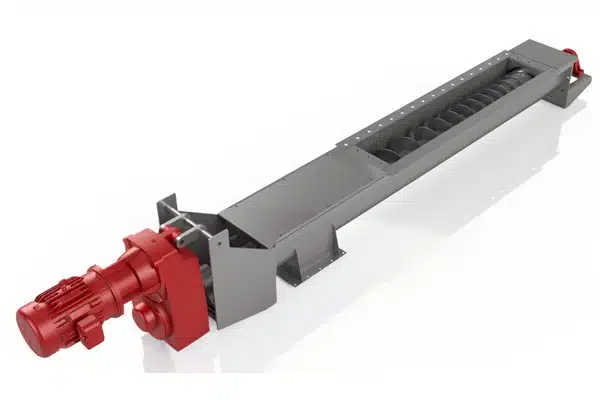
Mass Flow Screw Feeders Accurately Meter Lithium and Nickel Hydroxide Powders
Design Parameters
- Product Type: Lithium Hydroxide Powder, Nickel Hydroxide Powder, and Mixed Metal Oxide Powder
- Material Density: Raw Lithium Hydroxide Powder = 50 to 58 Lbs. per Cubic Foot
Nickle Hydroxide Powder = 131 Lbs. per Cubic Foot
Mixed Metal Oxide Powder = 75 Lbs. per Cubic Foot - Capacity: 315 Cubic Feet per Hour
- Duty: 24 Hours per Day, 7 Days per Week
KWS Advantages
Engineers from the battery recycling company and KWS worked closely to design screw feeders and conveyors to exceed the needs of the plant and allow for future expansion. KWS engineers have extensive knowledge for metering and conveying dense, abrasive, and corrosive bulk materials and provided a robust system to operate for many years with little maintenance or downtime. Each unit was modeled using 3D software for dimensional accuracy. The complete system was also modeled to ensure proper fit-up between each piece of equipment and make sure everything fit within the space constraints allowed.
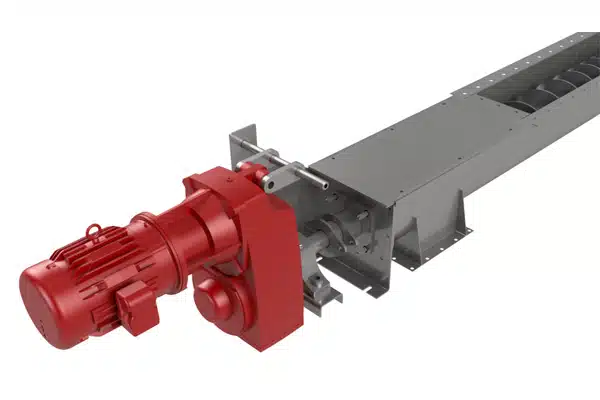
Torque Arm Trough End Reduces Radial Loading on Drive Shaft
KWS Special Features
KWS designed mass-flow screw feeders under hoppers to meter the bulk materials to transfer screw conveyors that merged materials into a center discharge and another transfer screw conveyor to move materials to the next process. All units were polished to a 150-grit finish on all internal surfaces to prevent sticking. A tungsten carbide plasma spray coating was then applied to protect the screws and troughs from the abrasive materials.
Direct-drive shaft mounted gear reducers power each screw feeder and conveyor, providing fewer components, reducing the footprint, and allowing easy access for maintenance and replacement. Torque arm trough ends are used with shaft-mounted gear reducers and allow the gear reducer to move with the run out of the drive shaft, reducing radial loads and increasing overall reliability. A pillow block roller bearing supports the screw and acts as a thrust bearing.
Pedestal trough ends with pillow block bearings and flanged gland seals are used in this very demanding application. By providing additional space between the shaft seal and the bearing, pedestal trough ends prevent contamination of the bearings. Flanged gland seals prevent materials from leaking out of the screw feeders and conveyors. The seal consists of an outer housing, multiple rings of packing and a follower. The packing material is ½-inch square braided rope that fits tightly in the outer housing and around the shaft diameter. The follower is used to compress the packing and create a seal between the shaft and housing. The heavy-duty design provided by KWS will decrease downtime and keep even the most complex processes operating reliably and efficiently.
Testimonial
"The collaboration between our engineers and the KWS engineers yielded a complete solution for our process. We are now able to provide recycled materials to produce new lithium-ion batteries. We have many more projects for KWS in the near future!"

Pedestal Trough Ends with Flanged Gland Seals Keep Materials Contained and Protect Bearings

Additional Mass Flow Screw Feeders Meter Mixed Metal Oxide Powder

Screw Feeders Discharge to Transfer Screw Conveyor with Center Discharge

Secondary Transfer Screw Conveyor Delivers Materials to Recycling Process

